Good morning everyone, I hope you are enjoying my epic RV road trip. Before reading this post, please read TransferCar Part 1: Introduction to Free One Way Car and RV Rentals and TransferCar Part 2: Book your Free One Way Car or RV Rental Online. In this post, I will share my experience with the RV pickup and dropoff, as well as showing you the inside and outside of the RV.
After taking the 30 minute shuttle ride from the LAX Marriott, I arrived at the El Monte RV lot. Brace yourself, there will be a lot of photos coming up.
The first thing you do when you arrive is watch a “safety” video which shows you all the things you should and should not do in the RV. Apparently there are a lot of international visitors from Australia, Germany, and other parts of Europe who rent RVs, there is even a German “safety” video.
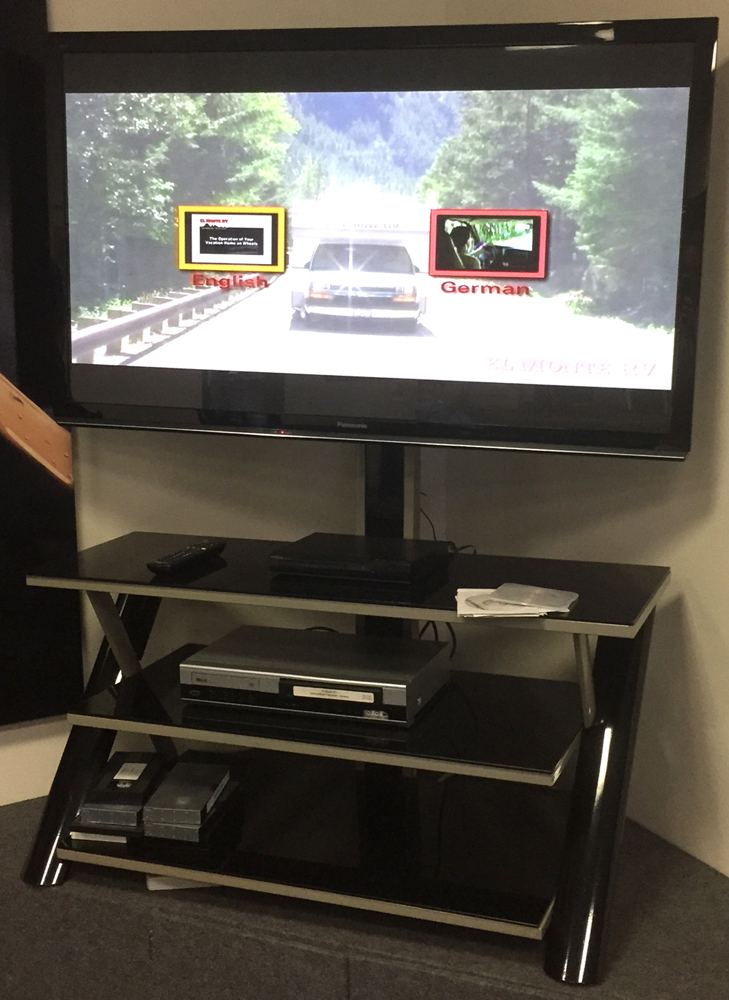
After watching the 15 minute video, you go over the rental agreement and paperwork, purchase add-ons, and go over insurance. This chart shows how much each item costs to replace if damaged. Try not to damage your RV. I also decided to buy a $1 million insurance policy to cover the RV and all personal liability. The cost was only $13.50 per day.
If you want to rent bed sheets, pillows, towels, bowls, cups, utensils, etc. it costs $50. I was surprised that I needed to rent these items, but apparently most people bring their own items with them on the RV. That would be kind of tricky for a one way rental since I am not going to put these items in my suitcase to bring back home.
If you want to rent posts, pans, and larger cooking supplies, it costs $125. I made a big mistake renting the stuff below since I did not do any cooking on the RV. I basically paid $125 to transport pots and pans from California to Colorado. If you are not planning to cook on the RV, don’t rent these items.
Here is a copy of the invoice when I left the El Monte RV lot in California. The relocation cost lowers the price from $360 down to $6. The $125 kitchen supplies (pots & pans), the $13.50/night insurance policy ($81 total), and the $50 pillows and blankets. The total when I left was $285.58.
If you have never driven an RV before, the helpful information manual comes in handy. It shows you how to do everything inside the RV from turning on and off the water pump to disposing of the waste water.
Here is my RV home for the next 6 days. We had some good times on this trip.
There are many different sizes and styles of RV, but my RV was like driving a very large Ford E-350 pickup truck that accelerates very slowly and makes very wide turns.
Here is the front and back of the RV. The part of the RV over the windshield is a sleeping compartment where my brother slept during the trip. The ladder on the back goes up to the roof, there is nothing up there except ventilation windows.
Here is the left side and right side of the RV. I took pics of all the doors/compartments below. Each compartment has a latch to keep the door closed and some compartments have a key to lock the door closed. Almost all the doors have metal clasps that hold the door open.
Here is the back right side and front right side of the RV.
In order from left to right: gas generator, propane tank, and long power cable. The generator creates AC power for the entire RV. If you want to turn the microwave on or power any outlets, you need to have the gas generator on. The propane tank heat the RV and keep the refrigerator and freezer cold while the RV is in motion. The long power cable can be plugged into RV campsites to offset the need to run the generator while at a campsite.
In order from left to right: outdoor shower and sewage valve. The outdoor shower uses the onboard water tank. The water can be heated by turning on the water heater. The gray water (water from the sinks and shower) and the black water (water from the toilet) all empty out of the sewage valve. Emptying the tank was an interesting and unpleasant experience.
In order from left to right: large storage unit and 2 smaller storage units. In the large storage unit, there is a water hose which you can connect directly to the RV and the water line at RV campsites. You can also use the hose to fill up the onboard water tank. The yellow leveling blocks can be used to make the RV more level.
Inside the RV, is the front seat where the driver and passenger sit. Above that, is a bed that you place on top of the semicircle opening with a privacy curtain so no one can see inside the RV from the front window. My brother slept up here a few nights.
In the back of the RV is the “master” bedroom with a 2 lights and 2 windows with shades. The bed was not super comfy.
In the “kitchen,” there is a sink and an oven/stove combo. I did not do any cooking, so I can’t tell you how well the oven/stove worked. Above the oven/stove, is a full-size microwave.
Our kitchen table was a mess and is where we had all our clothes and backpacks. Even with only 2 people, there is not much storage space in an RV. There are 2 lap seat belts on each side of the kitchen table if you want to sit at the kitchen table while the RV is in motion.
By the side door, there is a swivel chair that is pretty comfy. Between the restroom and kitchen, there is a refrigerator and a freezer (not shown, but above the refrigerator). Both the refrigerator and freezer are powered by the propane tank. If you turn the generator on or plug into an RV campsite, the refrigerator and freezer will be powered by electricity.
Here is the restroom sink with a cabinet behind the mirror. To use the water in the sink, toilet, or shower, you need to turn the water pump on (see pic below).
Here is the shower and toilet. The toilet looks like an airplane toilet and the shower is the size of an airplane lavatory. After turning the water pump on, you can turn the water heater on and take a nice warm shower after 15 minutes.
There is a control panel near the kitchen. If you want to any power in the RV, you need to turn the generator on. The generator uses the same gas tank that the RV uses, so make sure you have enough gas in your RV to run the generator. Below that is the water heater (left) and water pump (right). In the center is a switch that shows you how full your water tanks are (gray water, black water, and fresh water), how full your propane tank is, and the battery charge.
At the end of your RV trip, you are responsible for emptying the gray water and black water tanks. To do this, you need to go to an RV park and connect the waste pump valve to a long black tube. Place the black tube into the waste hole and then release both the gray and black water valves. After that, put the cap back on the waste valve and rinse out the black tube. Luckily you get a pair of gloves to perform this nasty task. Behind me, there is a small white tube. This water hose plugs directly into the RV and if you want to take a shower, you will be using this water, not the water stored onboard.
When I dropped off the RV at the El Monte RV lot outside of Denver, it showed that I drove 1,789 miles (the odometer resets after it hits 1,000 miles).
Since my trip only included 1,300 miles, I had to pay 32 cents per additional mile. The extra 489 miles cost $170.56. My total RV expenses (minus gas) were $456.14.
For our RV, the miles per gallon was around 11-12 MPG. Our total gas bill was $510.34, after stopping 7 times on a 6 day trip. The prices of gas really vary along the road trip.
If you have any questions above picking up or dropping off the RV, please leave a comment below. Part 4 will be the last part of my trip report and highlight some of the cool places we visited as we drove from California to Colorado. Have a great day everyone!


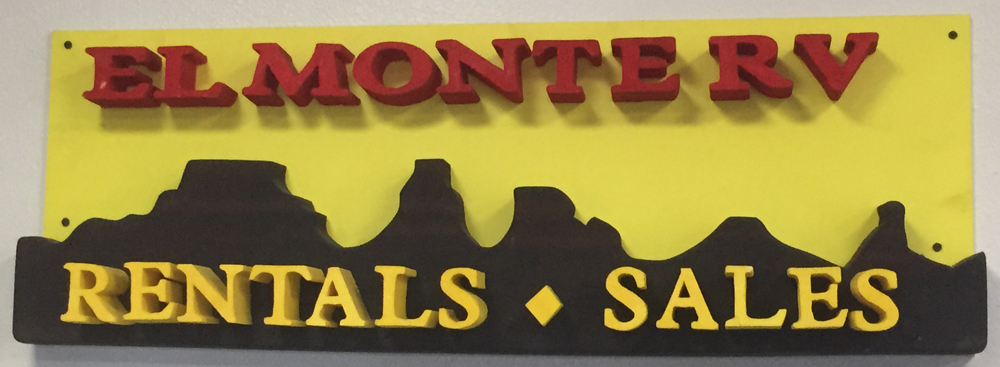
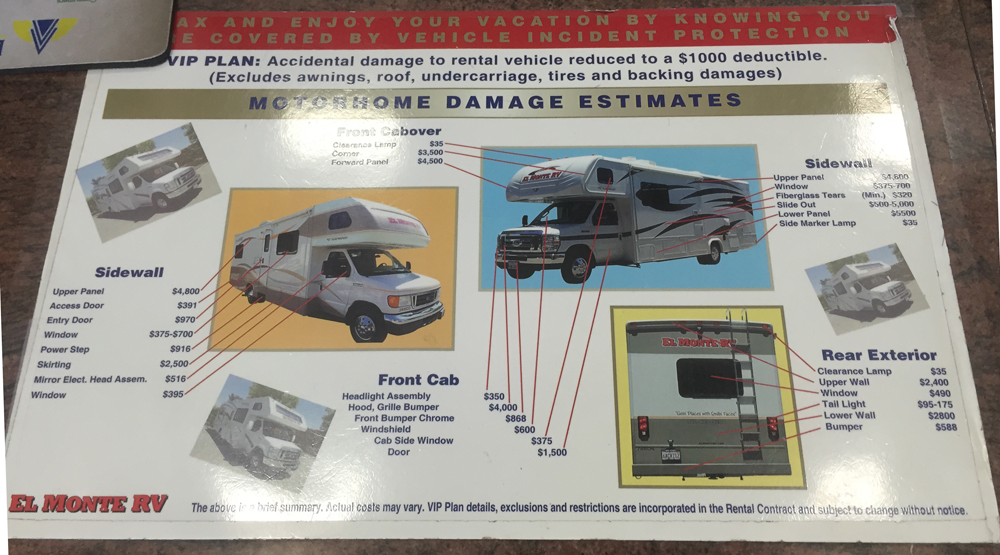
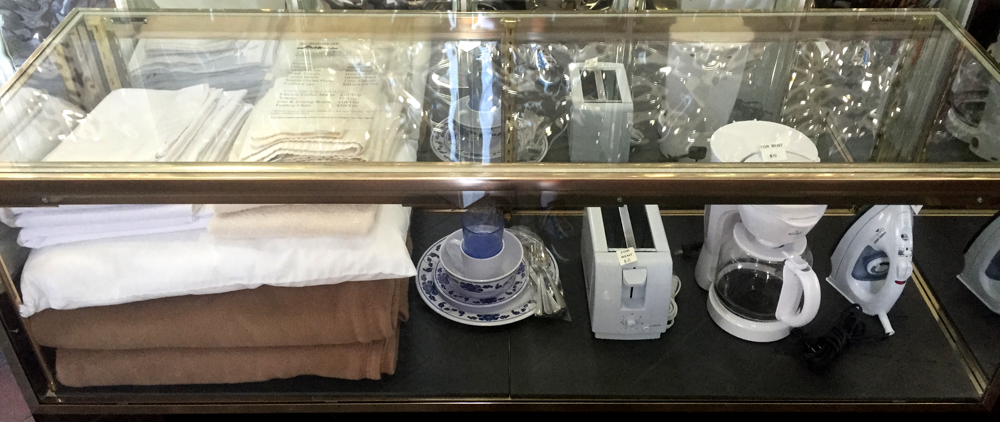
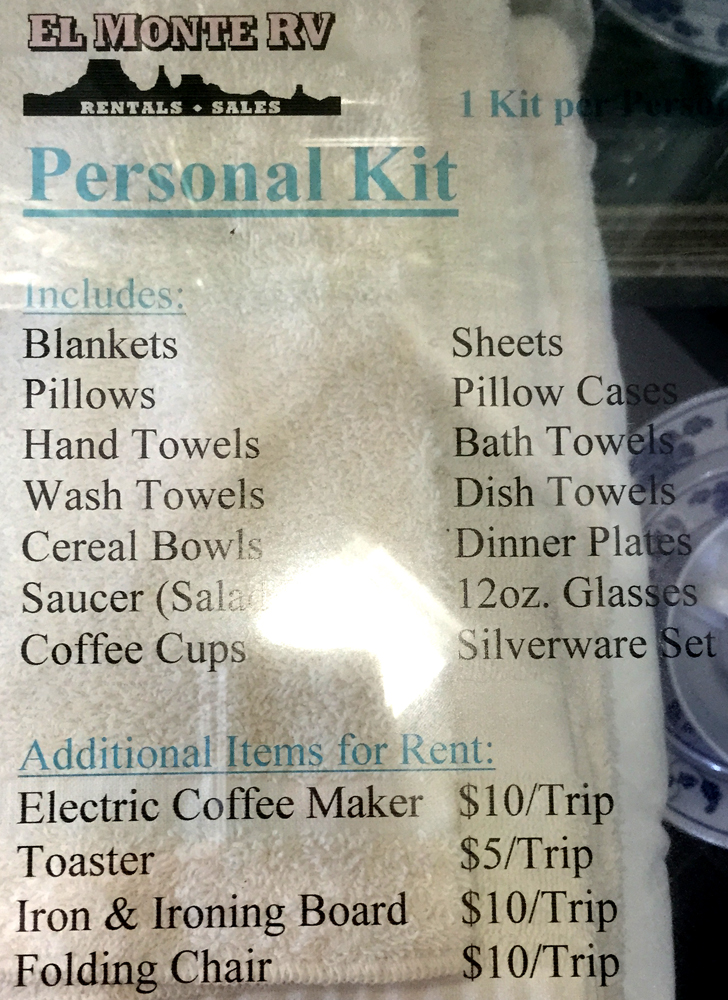

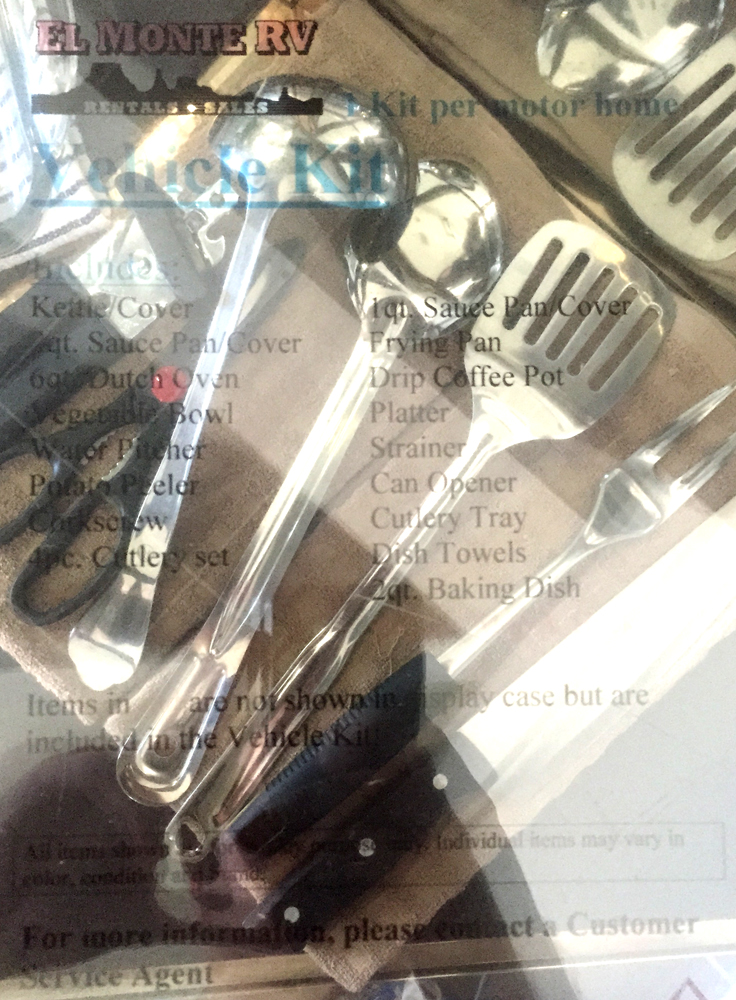
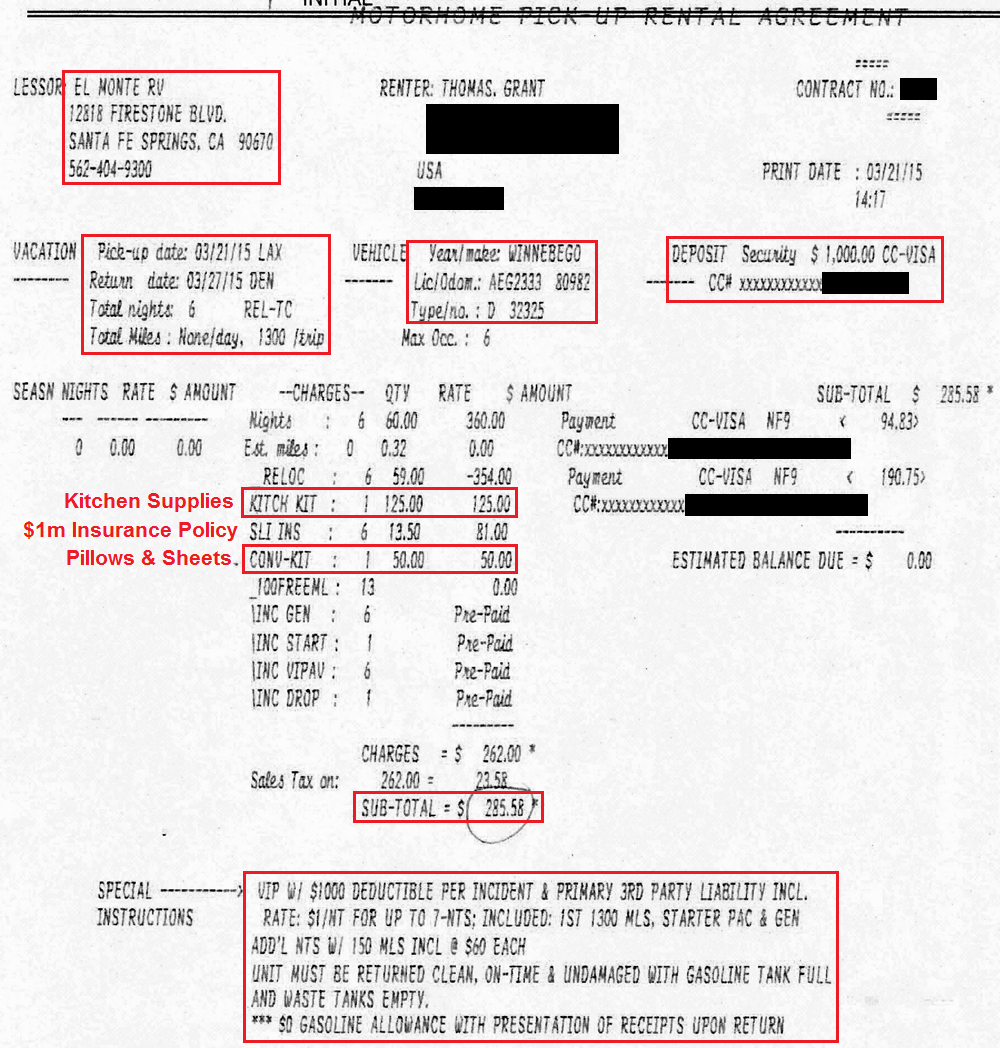
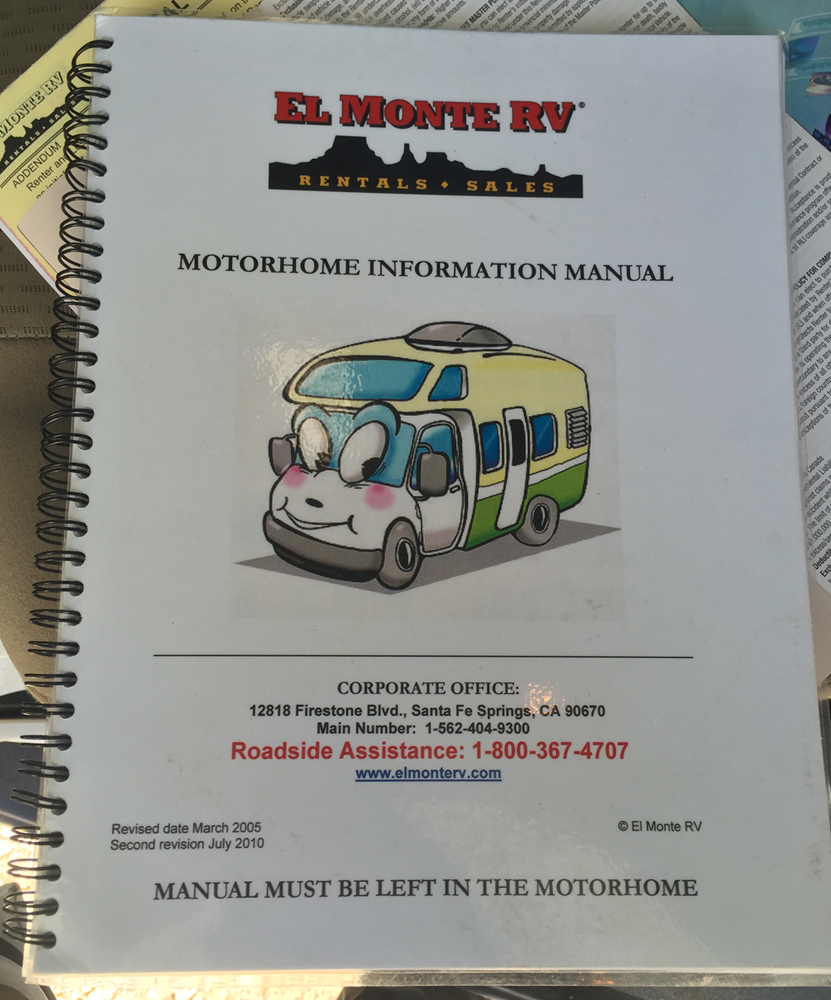
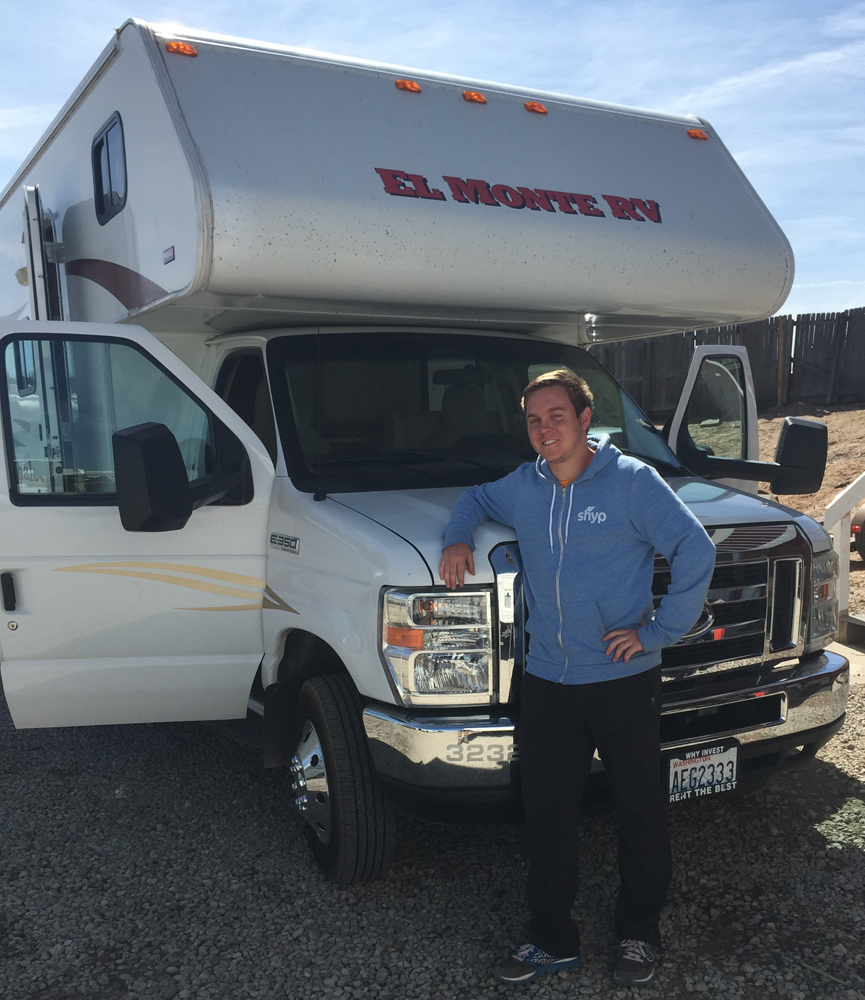

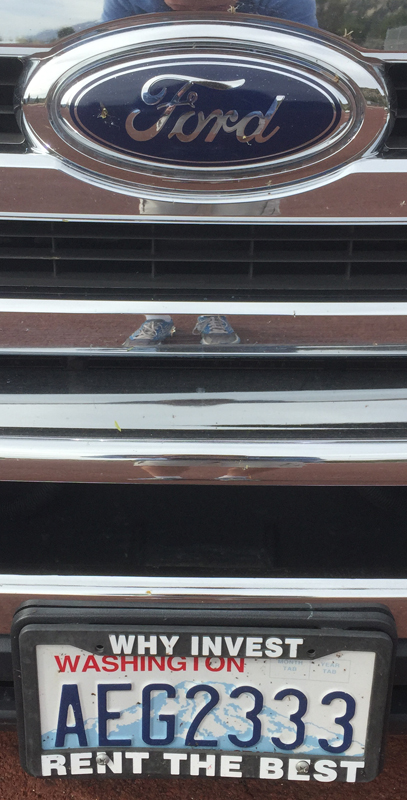

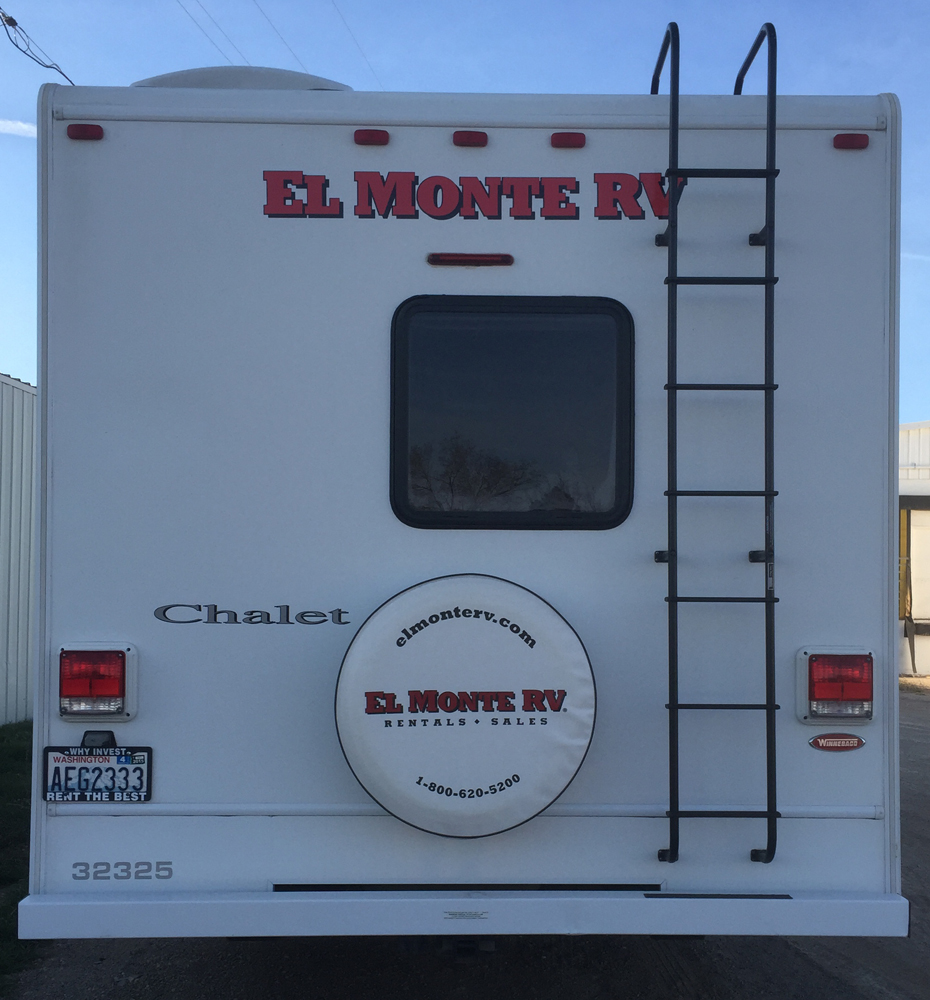
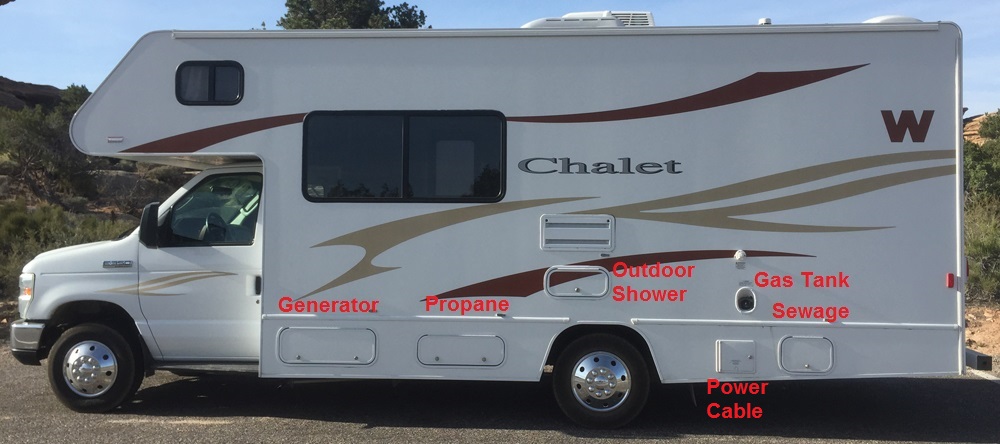



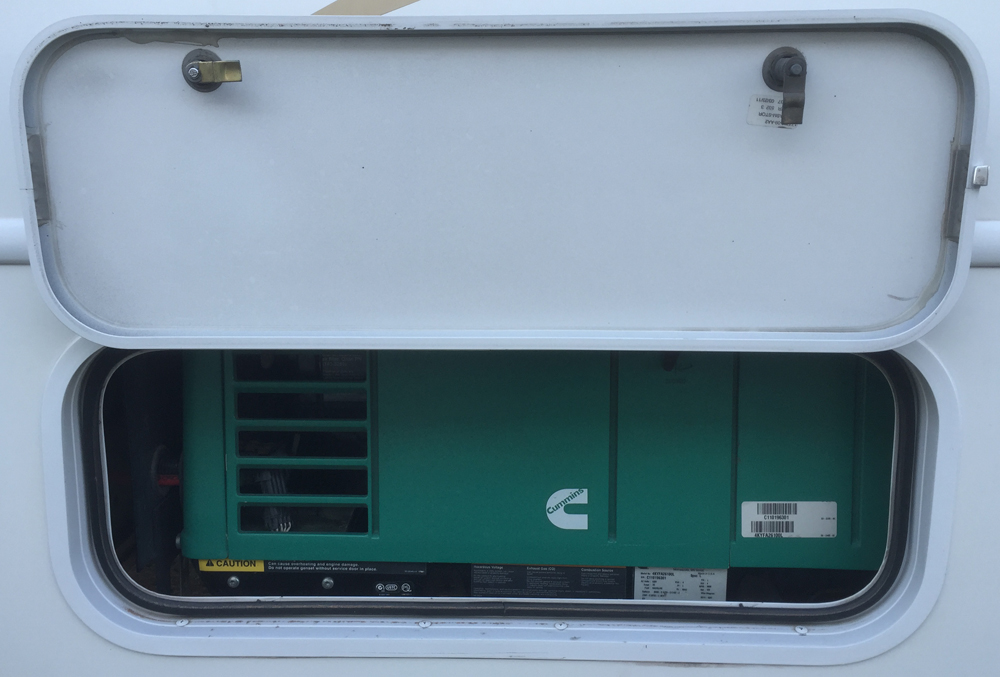
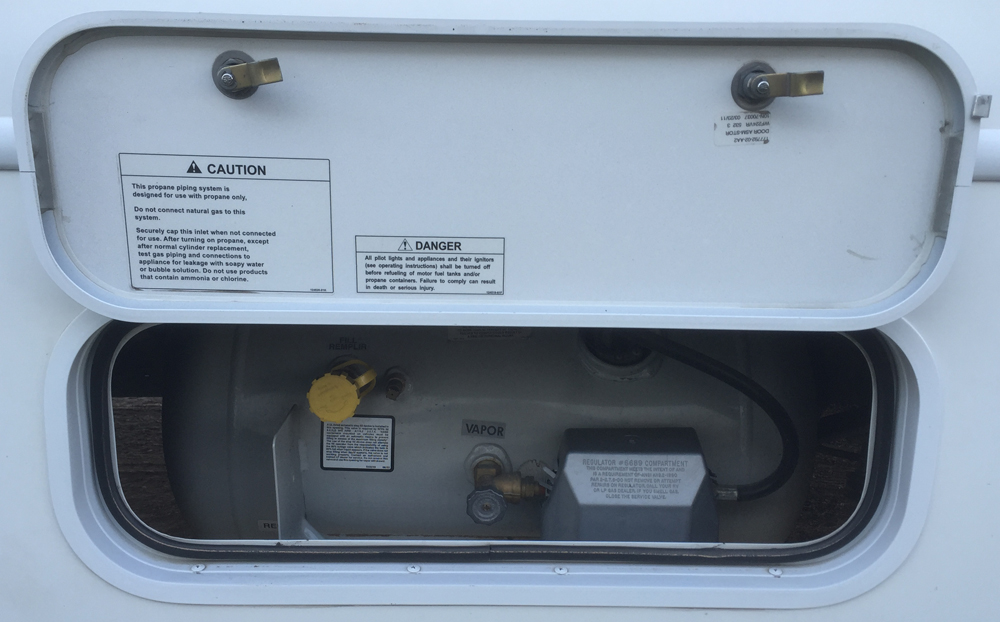
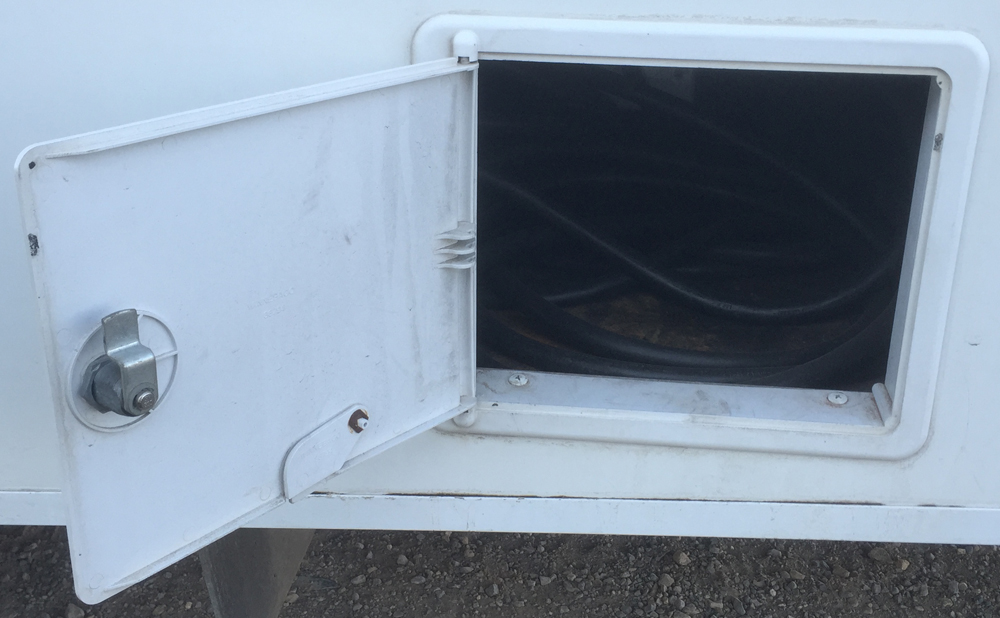
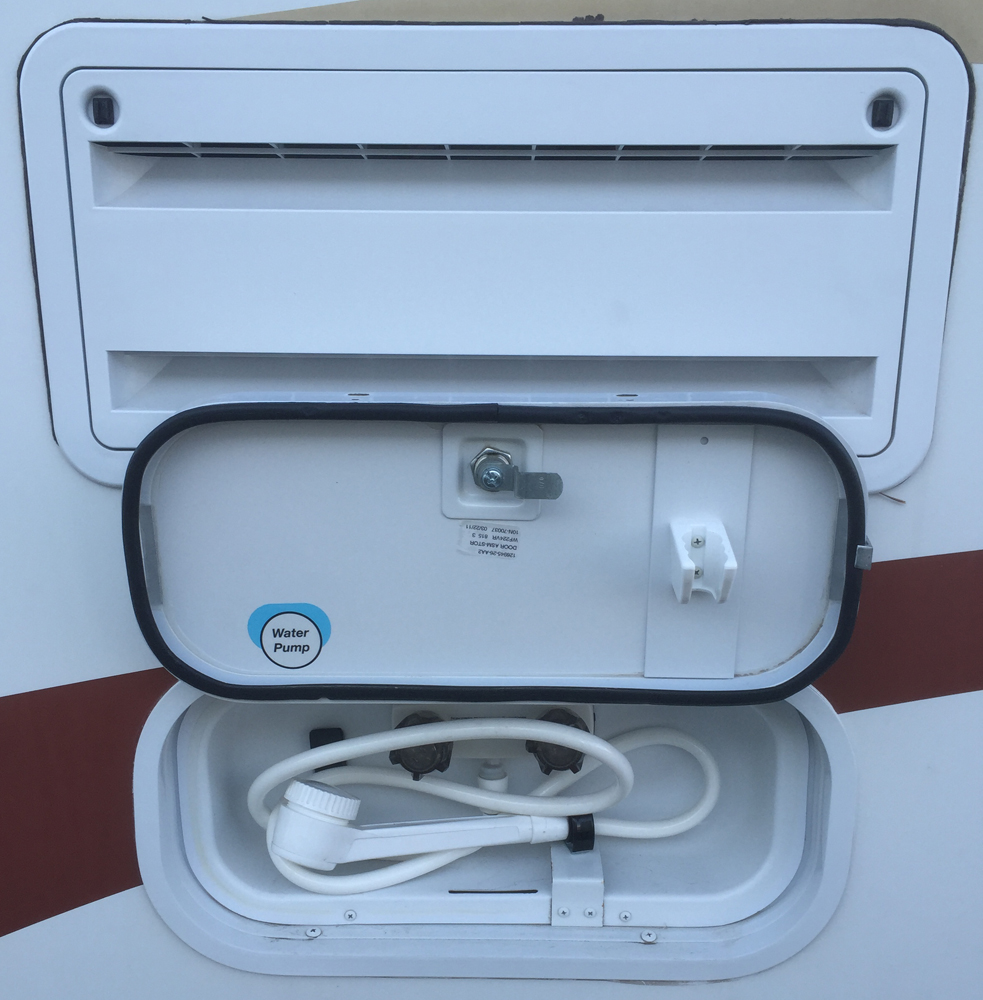
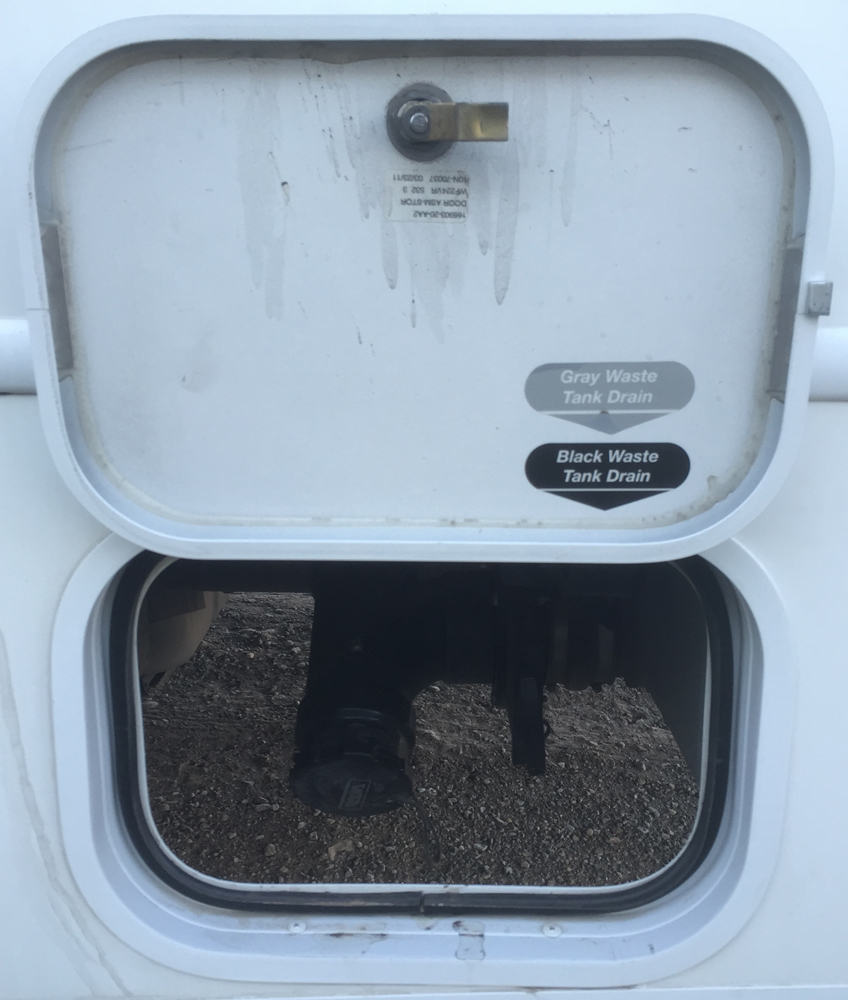
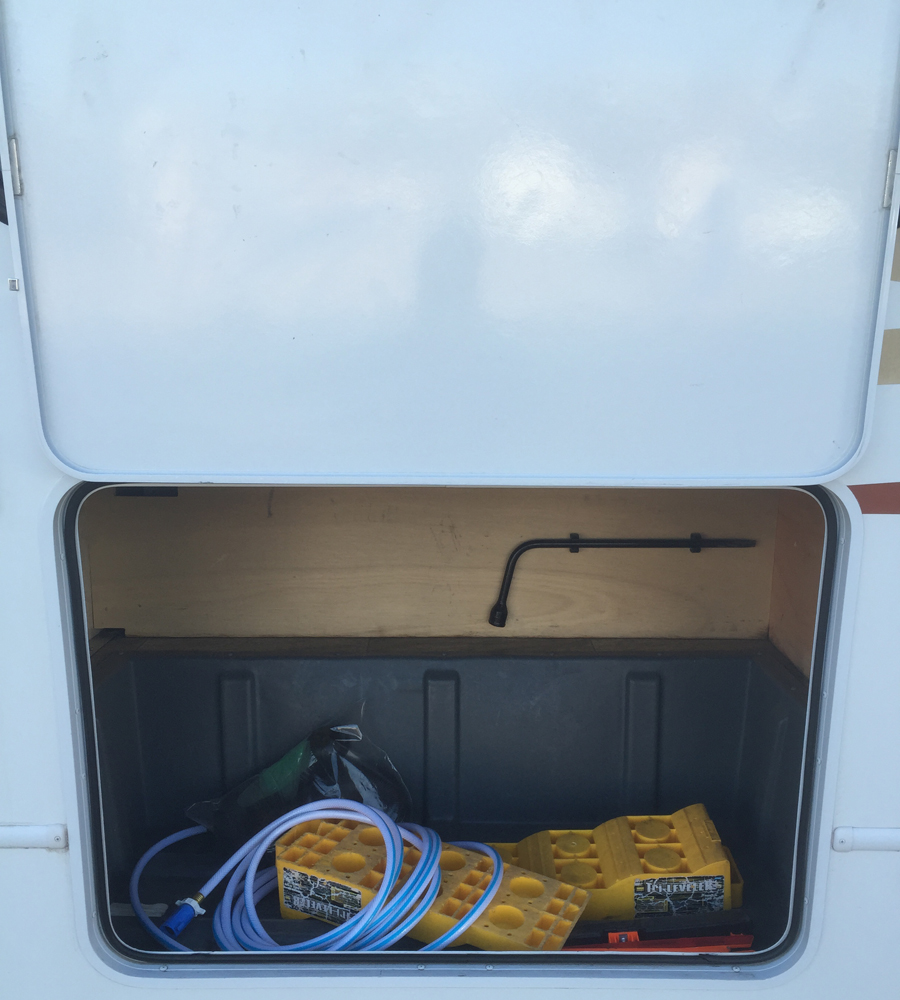

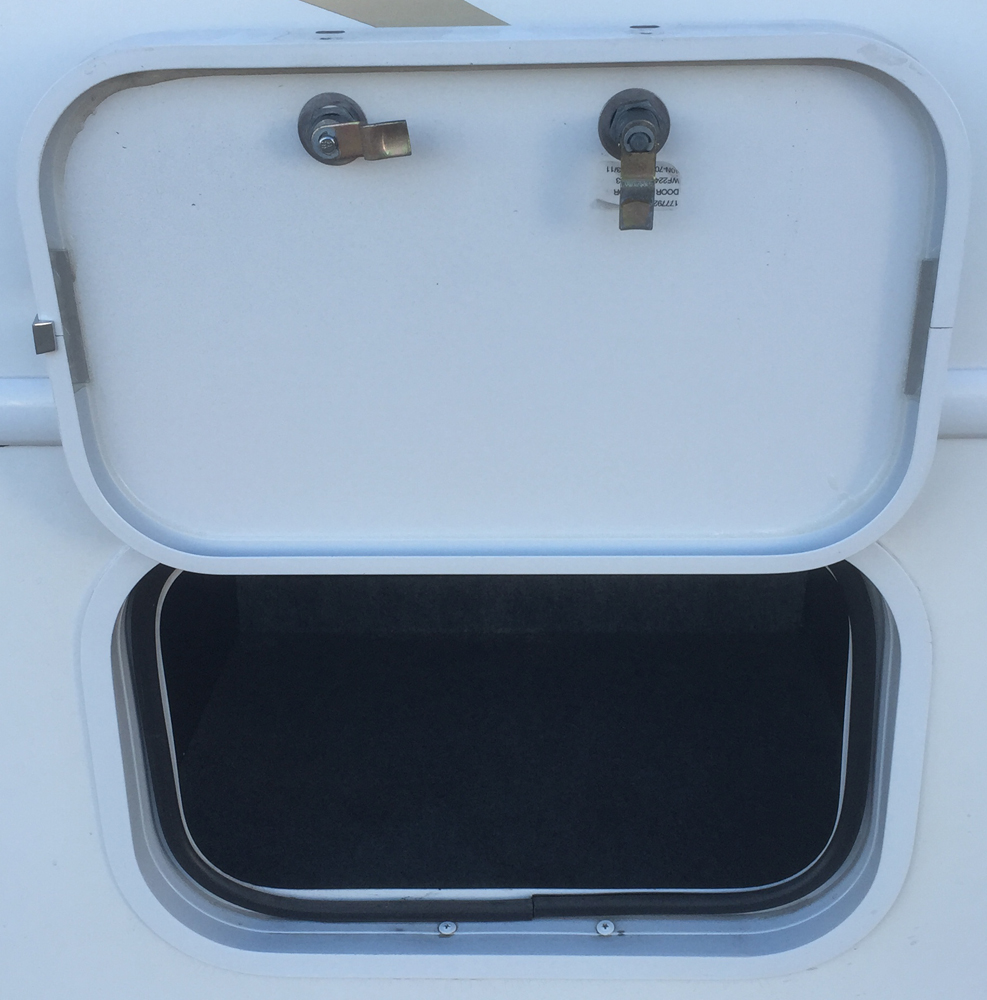
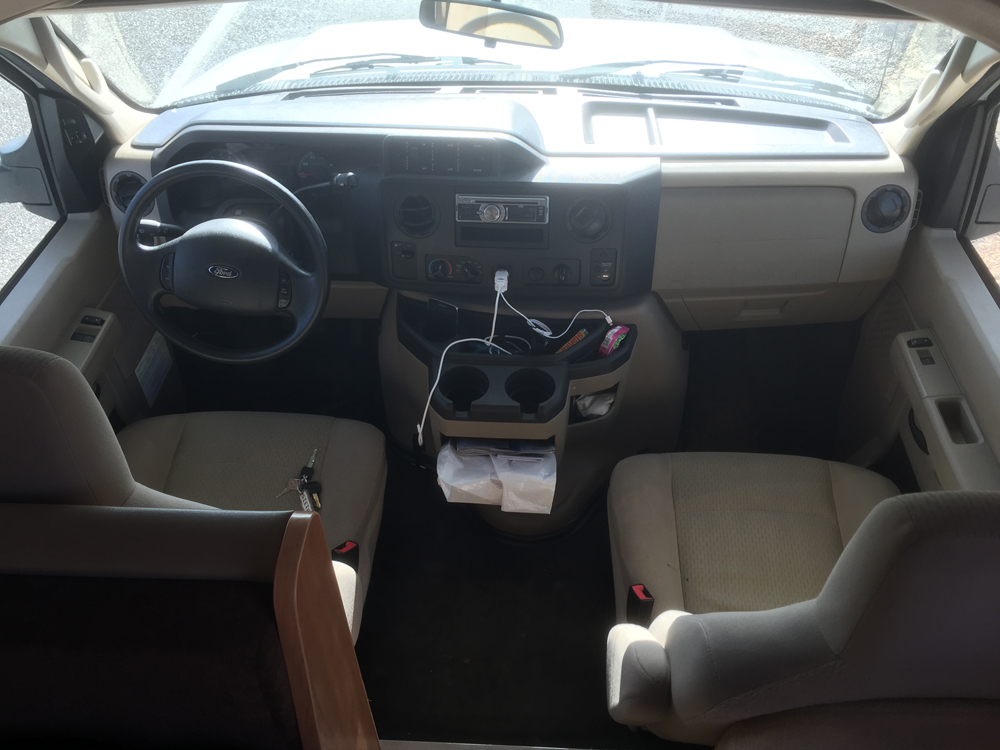
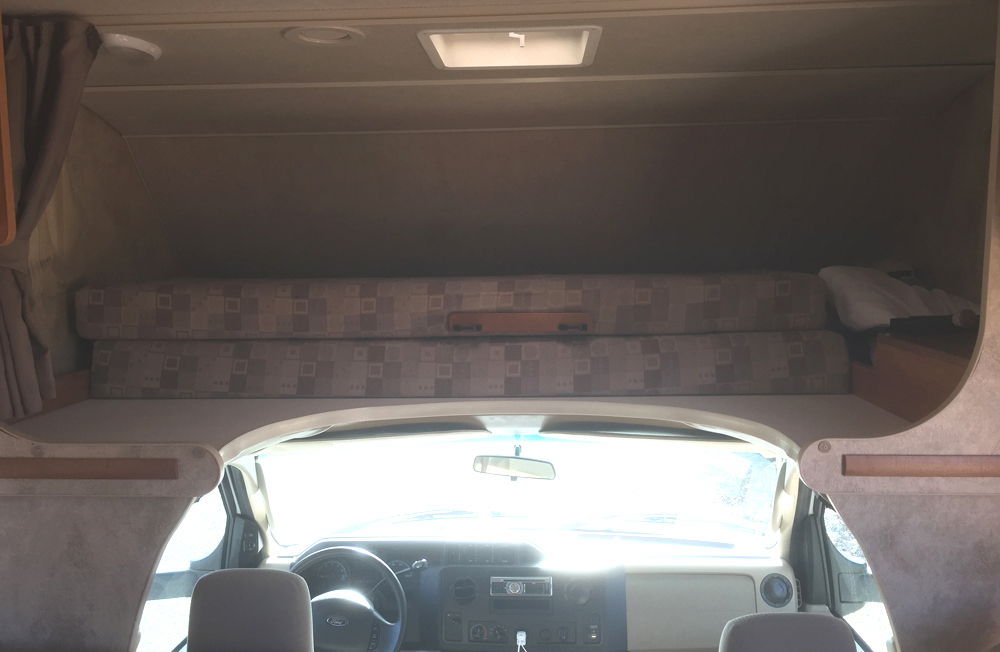
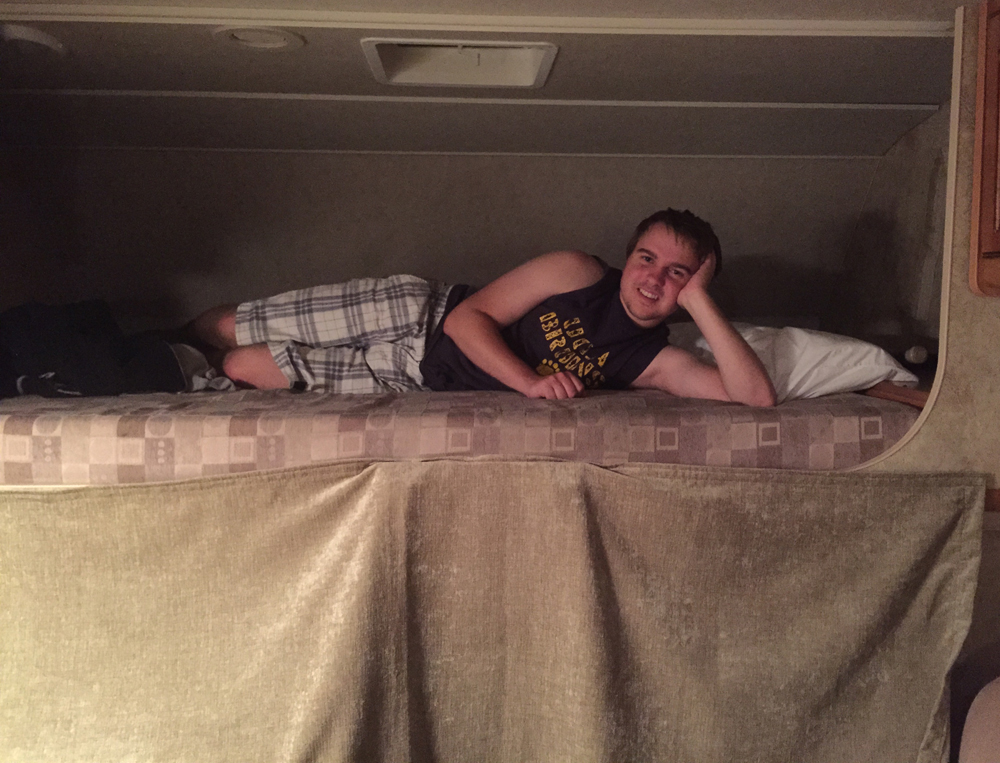
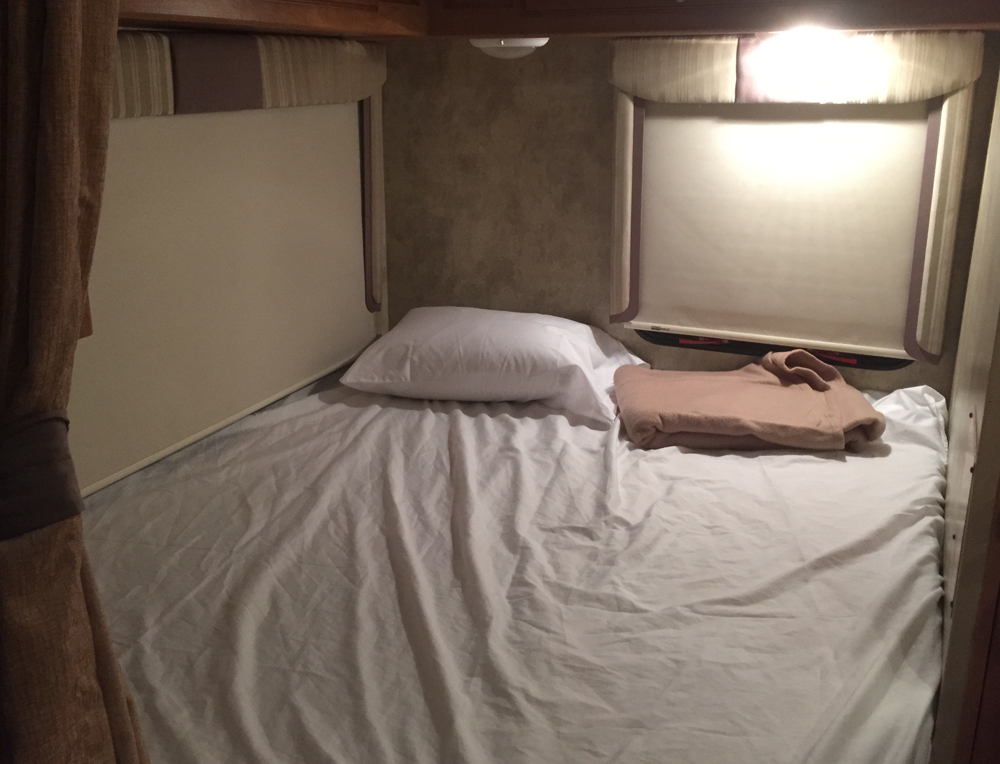
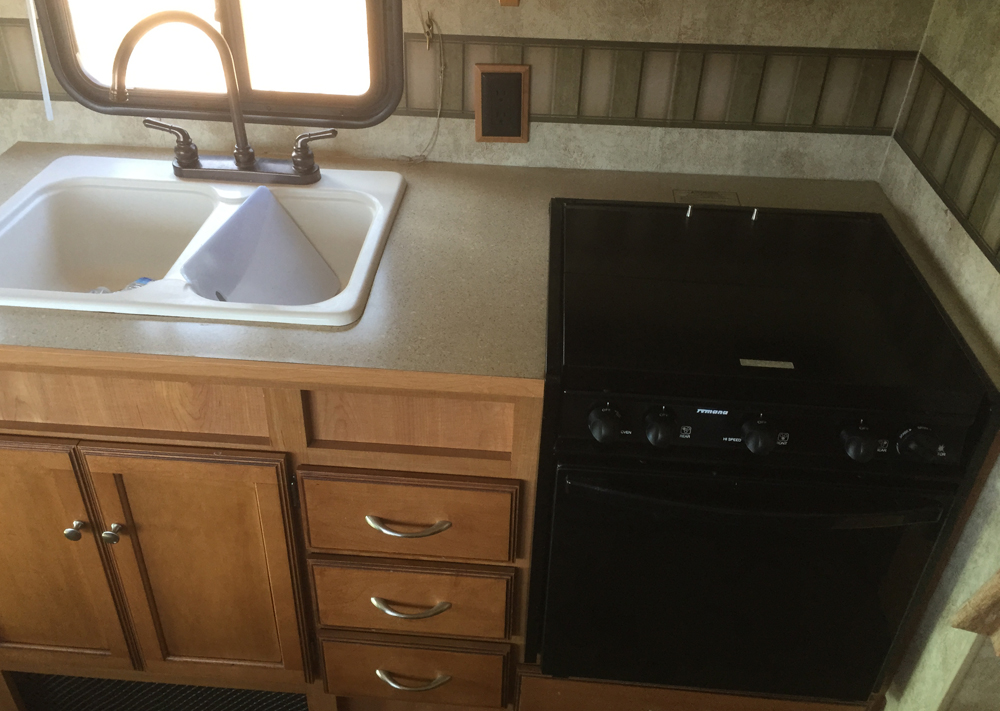


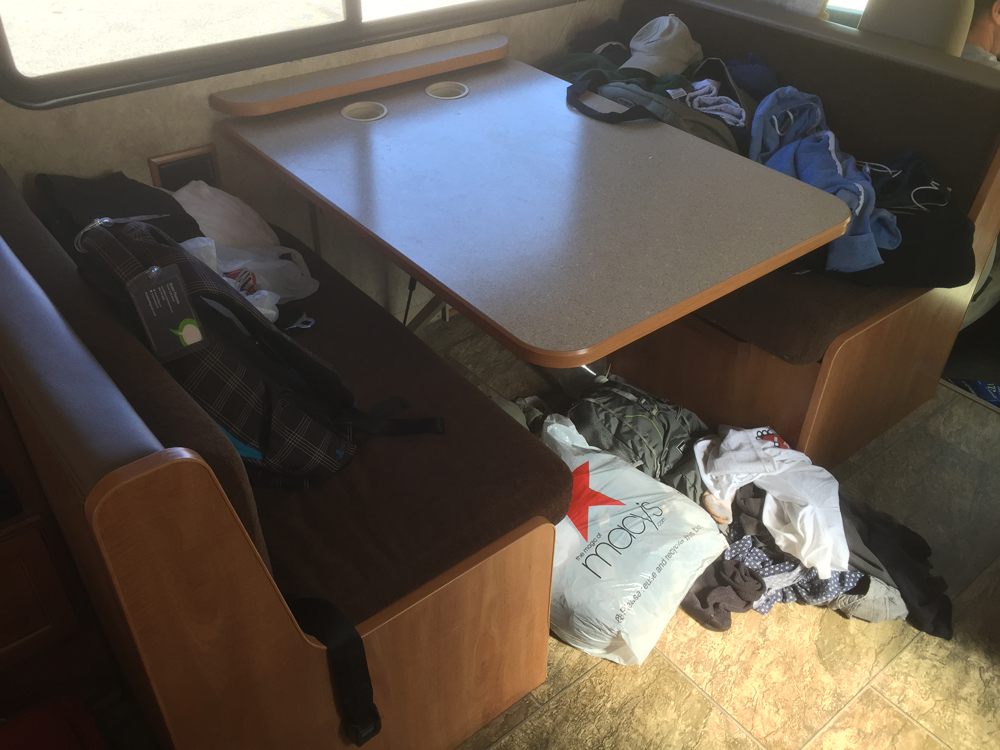



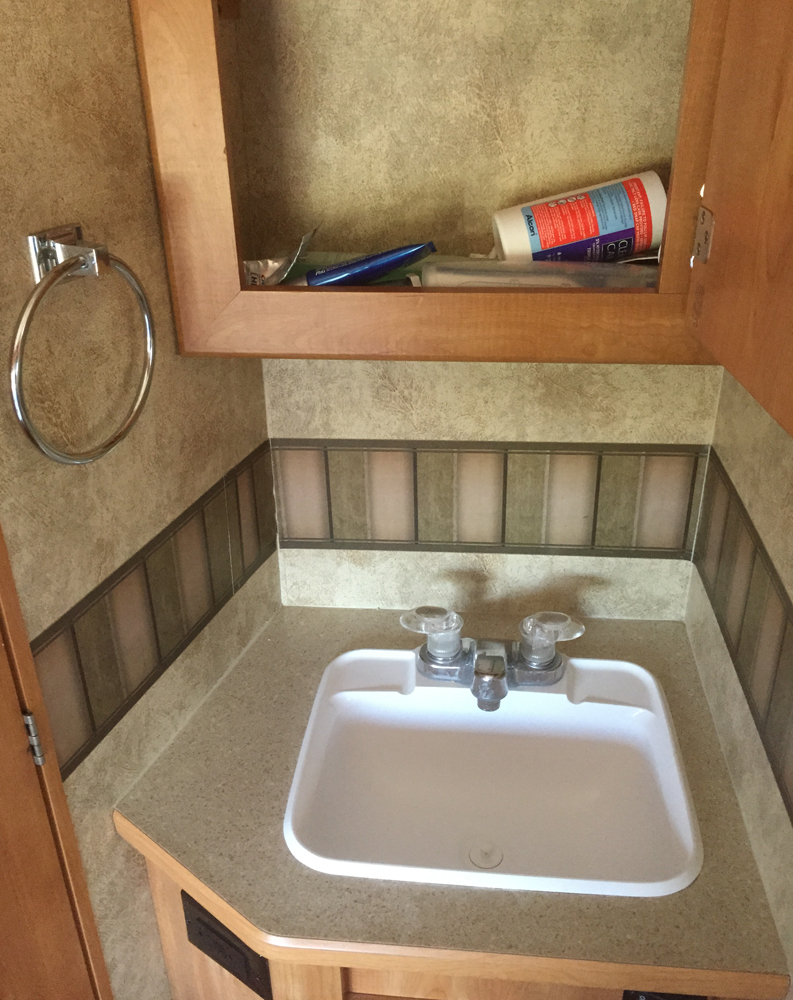
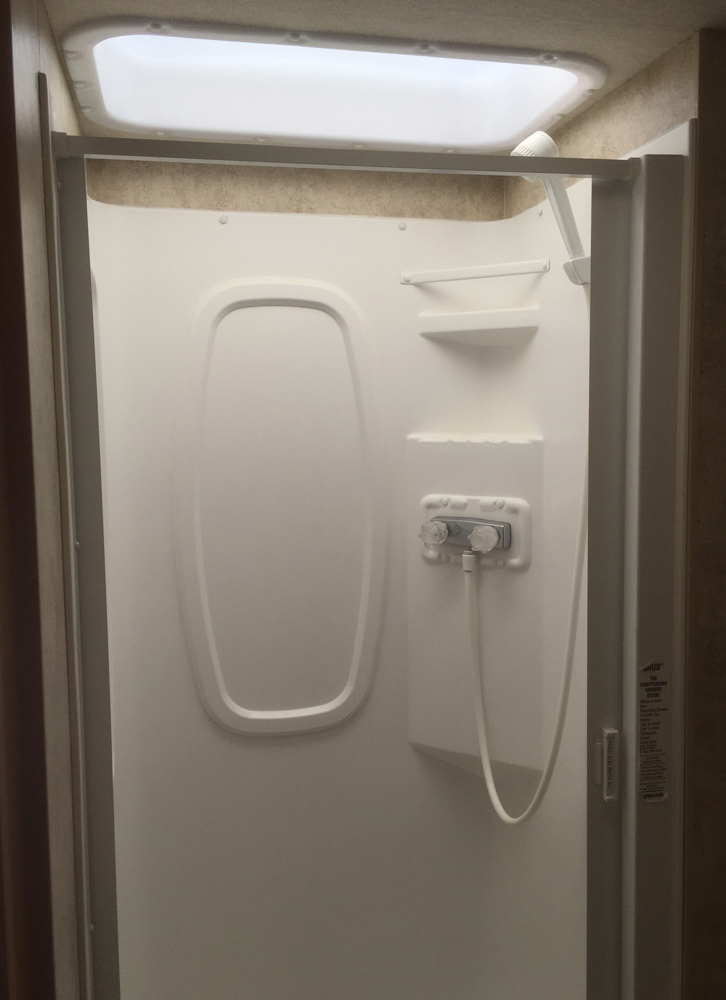
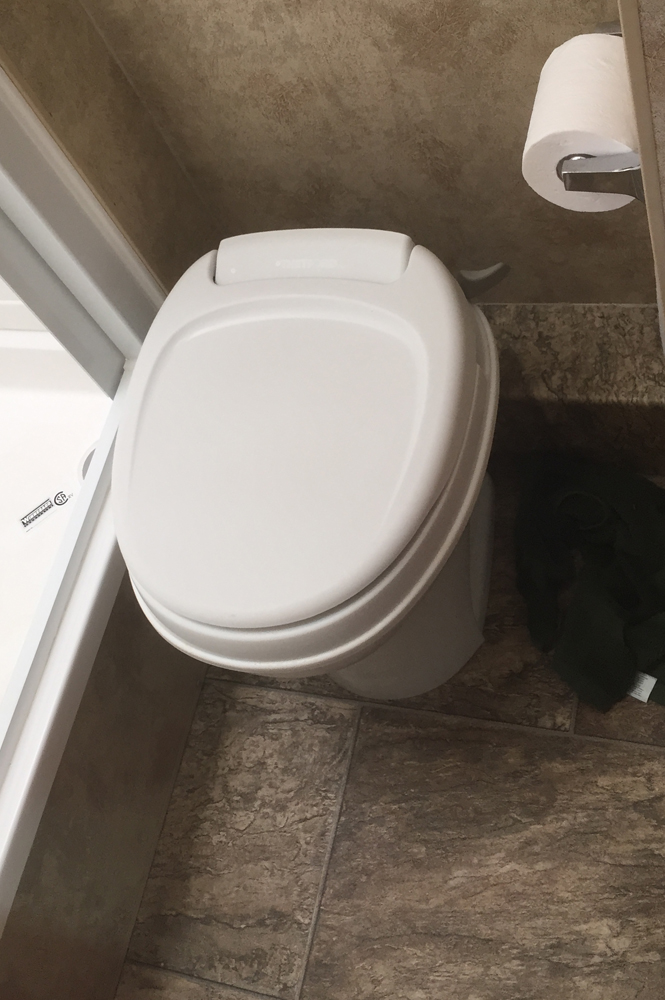
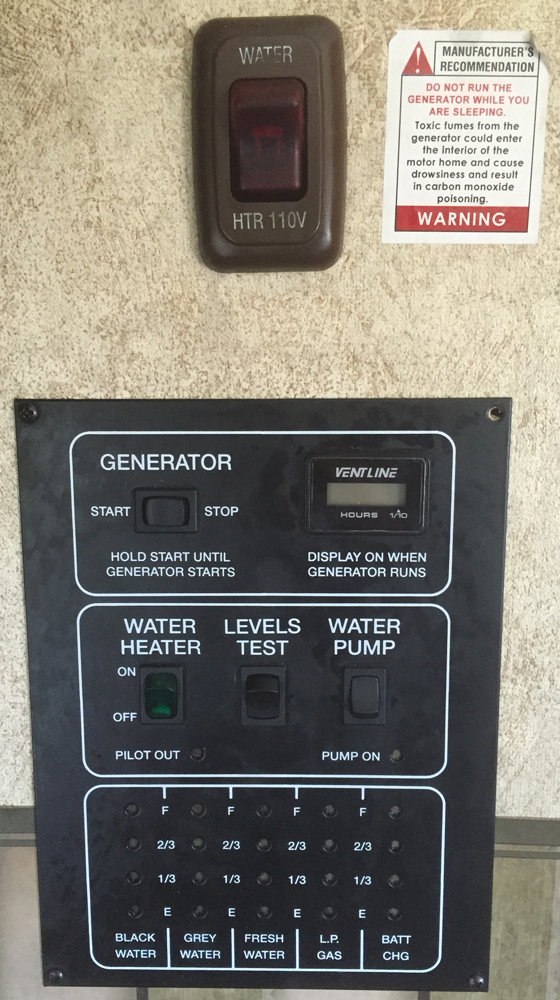
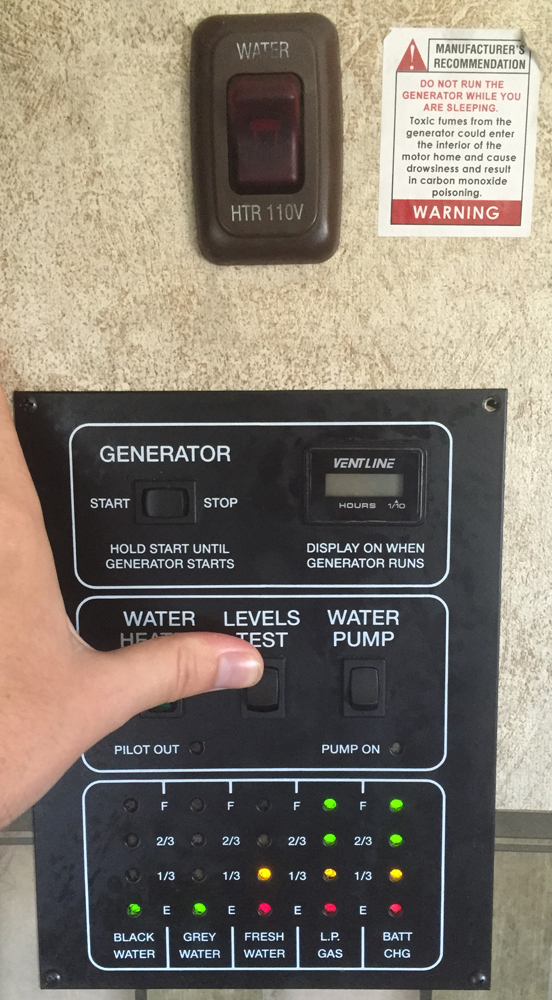
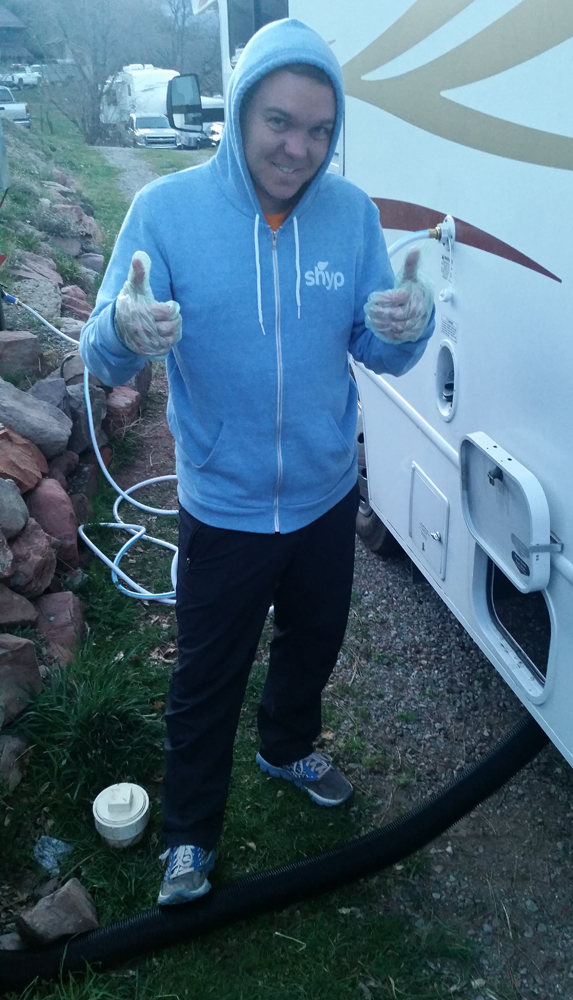
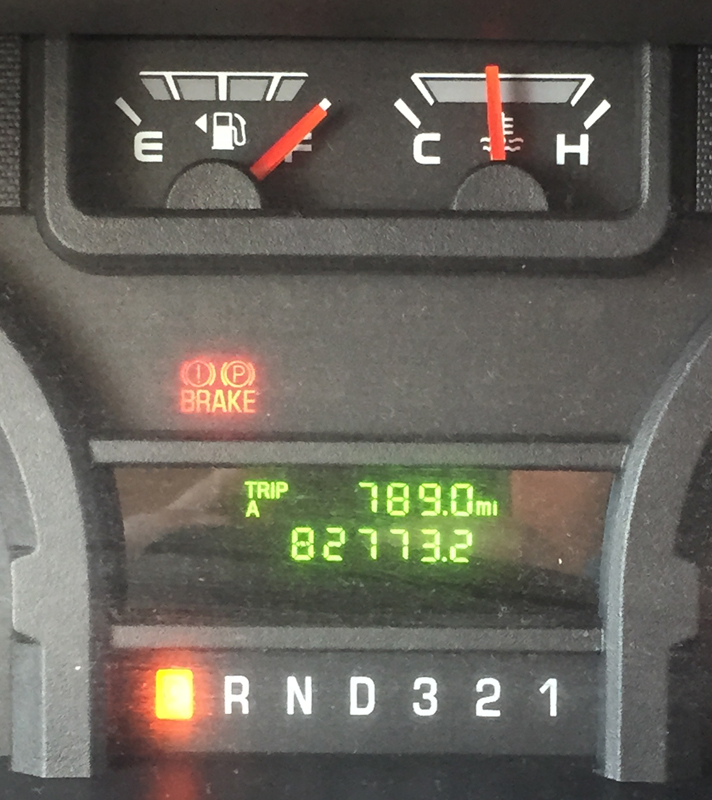
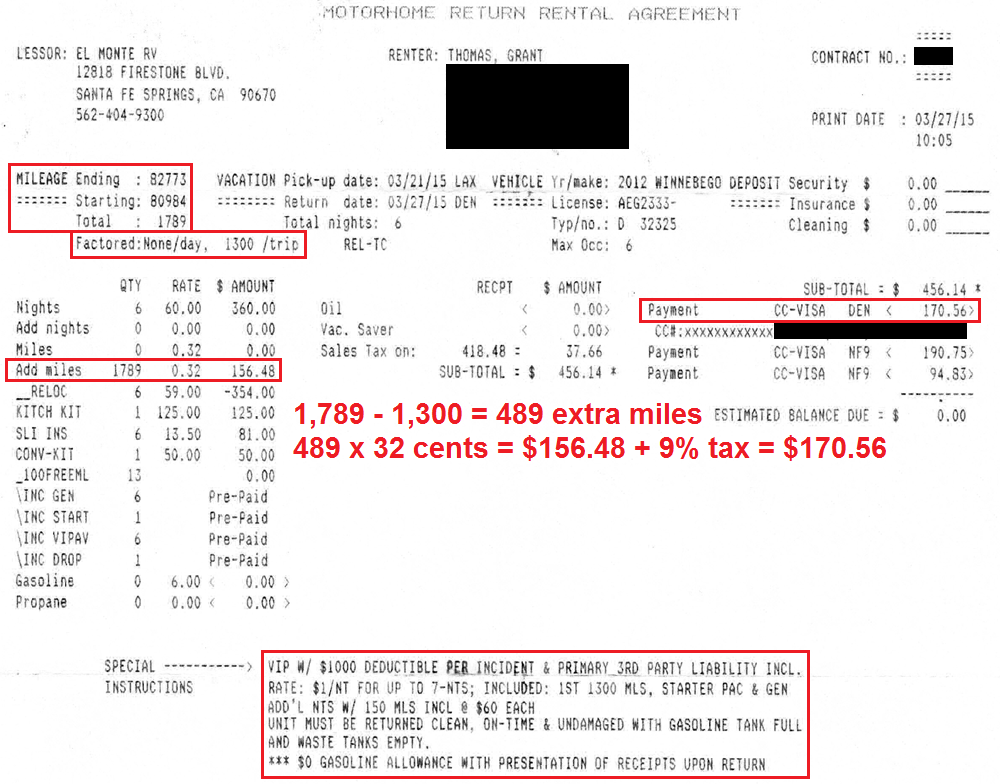
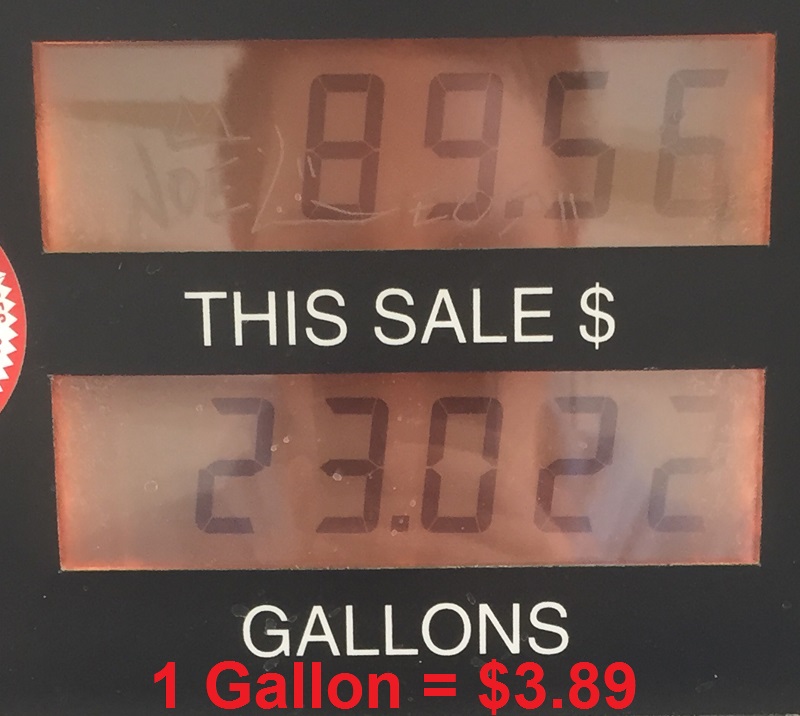
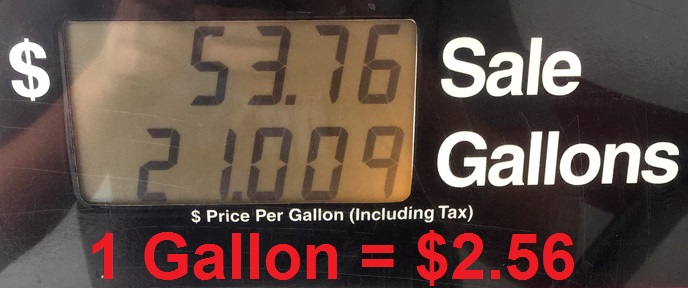
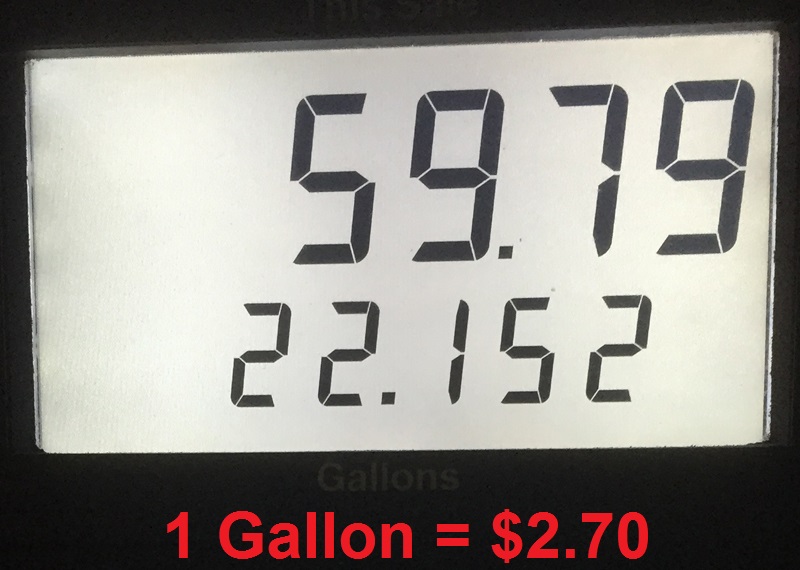
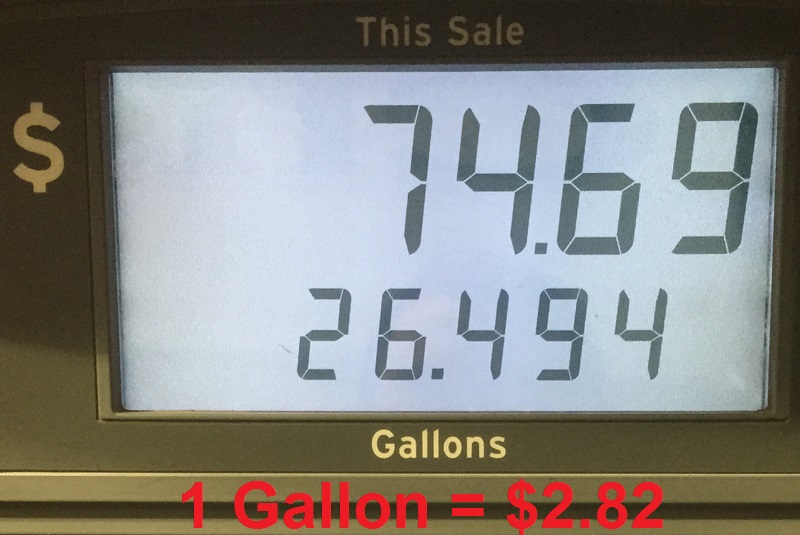
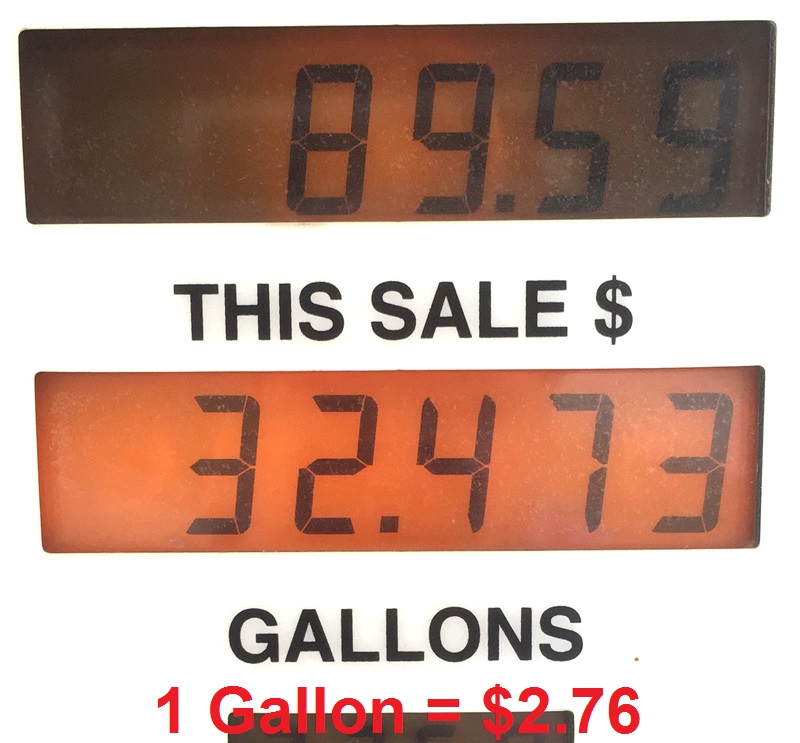
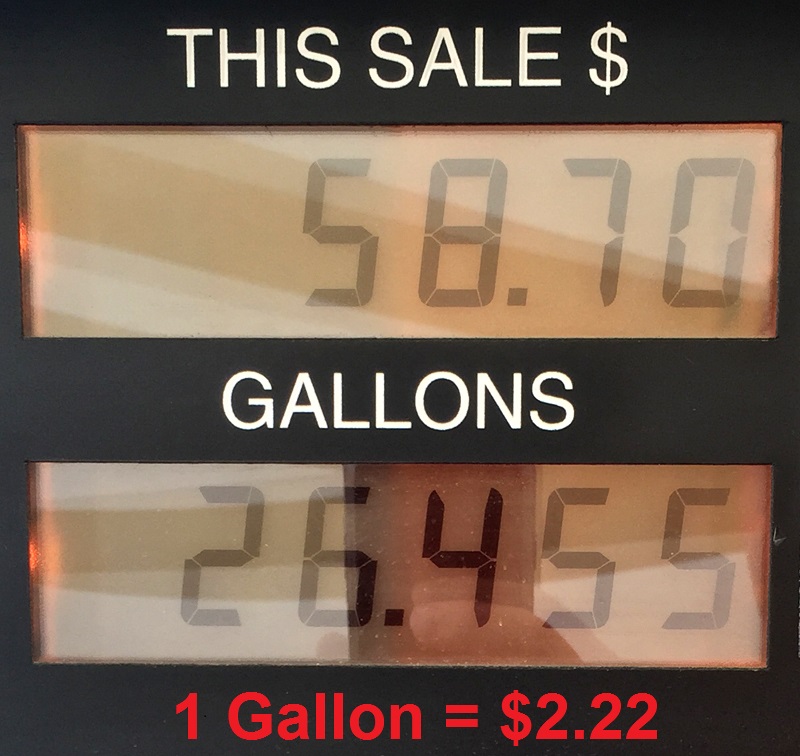
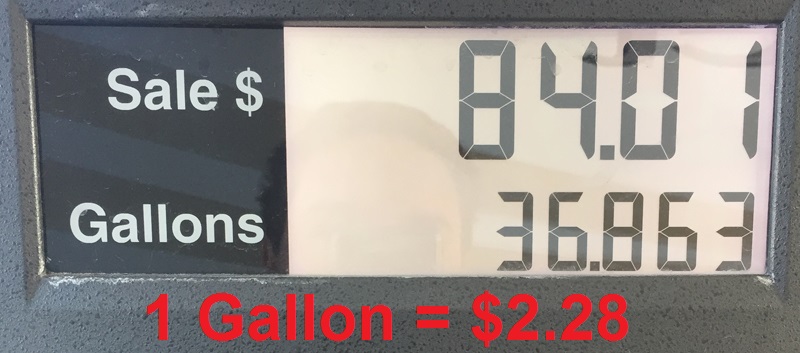
Just trying to get a handle on your total costs. I’m seeing 456.14 + 510.34 = $966.48 for 6 days. How much to hook up to the RV camp waste pump?
Stopping at an RV campsite costs about $30.
Thanks Grant for this series of posts. I was considering doing this also, but could not get a handle on the final & total cost. It appears to be a LOT more than what I had anticipated.
It really depends how far you drive. I drove almost 1800 miles, so take that into consideration when you plan your trip. If you do LA to SF it is 400 miles, same for LA to Vegas. Plus you can save money by sleeping in the RV instead of hotels/motels.
So basically, if you subtract the unnecessary cooking set (you could probably buy them at a thrift store and re-donate them when you were done for less than $125) and the cost of gas (an RV gets roughly a third the gas mileage of a regular vehicle) you’re paying $670 for six nights in the RV, compared to the cost of driving your own vehicle on a road trip. RV’ing is interesting and certainly more spacious than a vacation in the family car, but compared with just staying at hotels every night on a road trip is a wash.
I guess you could compare the cost of getting a one way rental car and staying at cheap hotels. It really is hard to compare RVing to anything else in terms of costs.
I noticed that when you confirm the rv on transfercar’s website, they tell you that its either a class A or class C rv. Seems like you got a class C. My question is, were you given a choice of an rv or did they tell you the one option that you had? Also was there a charge for a 2nd driver? Thanks
There was no choice on my side, they just assign whatever vehicle they have to you. I added my brother as a second driver for free.